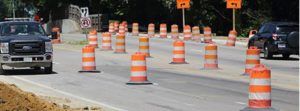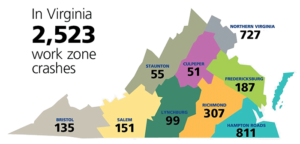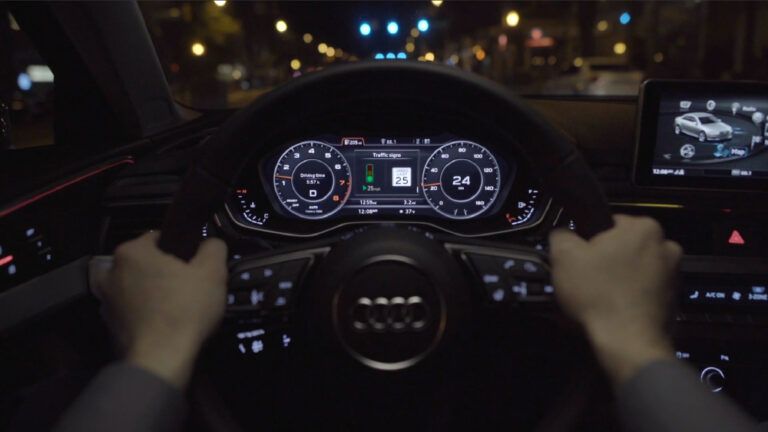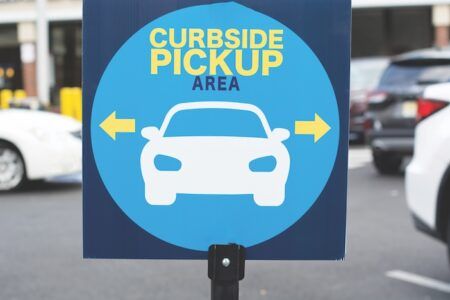Audi of America, the Virginia Department of Transportation (VDOT) and Qualcomm Technologies Inc. have revealed plans for the initial deployments of Cellular Vehicle-to-Everything (C-V2X) communication on northern Virginia roadways later this year.
The project will be employing advanced wireless communications to enhance vehicle safety by using the same portion of the 5.9GHz band that the Federal Communications Commission (FCC) has proposed to allocate for C-V2X. In line with the US Department of Transportation’s (USDOT) announcement to establish a First Responder Safety Pilot Program, the organizations’ combined efforts are designed to focus on improving safety for construction workers and motorists alike. The initial deployment is expected to take place on select roadways in Virginia beginning in the third quarter of 2020. The initial deployments are aimed at expanding safety use cases in the vital connected vehicle safety spectrum established by the FCC, with the aim to curtail road hazards and fatalities, which currently exceed 36,000 people per year in the USA.
This initial deployment is designed for connected car systems designed to boost safety around school buses, warn motorists about dangerous road conditions, alleviate congestion at traffic chokepoints and kerbsides, help improve the performance of automated vehicles that are nearing commercialization, and potentially let cars communicate with mobile devices to send warnings to pedestrians. The initial Virginia deployment is designed to involve two primary use cases:
- Work zone warnings, which the organizations feel is an important use case on highways, featuring a Qualcomm 9150 C-V2X chipset solution via an in-vehicle display in Audi Q8 SUVs designed to deliver a graduated warning, with the last link being a low-latency, reliable warning to drivers of the workers’ physical presence;
- On arterial roadways, the signal phase and timing (SpaT) from a traffic signal, will be transmitted with a Qualcomm 9150 C-V2X chipset solution to Q8 SUVs equipped with Audi’s Traffic Light Information (TLI) service that can provide drivers a countdown to the green light.
 The Virginia Tech Transportation Institute (VTTI) has been contracted to develop the software and systems necessary to support the primary use cases defined for the initial deployment. Following software development, the institute will then conduct a demonstration of C-V2X technology operating in project’s two use cases. The C-V2X solution used in this initial deployment is based on third-generation partnership project (3GPP) Release 14 and Release 15 specifications. Direct communication of this solution uses 20MHz from the 5.905 – 5.925GHz ITS band, the same spectrum that the FCC has proposed allocating for C-V2X. C-V2X encompasses both direct short-range communications (DSRC) that operate in the 5.9GHz ITS band and longer-range network communications delivered by mobile network operators. The Qualcomm chipsets now offer both direct and network connectivity in the same solution concurrently, aiding in the adoption of the technology.
The Virginia Tech Transportation Institute (VTTI) has been contracted to develop the software and systems necessary to support the primary use cases defined for the initial deployment. Following software development, the institute will then conduct a demonstration of C-V2X technology operating in project’s two use cases. The C-V2X solution used in this initial deployment is based on third-generation partnership project (3GPP) Release 14 and Release 15 specifications. Direct communication of this solution uses 20MHz from the 5.905 – 5.925GHz ITS band, the same spectrum that the FCC has proposed allocating for C-V2X. C-V2X encompasses both direct short-range communications (DSRC) that operate in the 5.9GHz ITS band and longer-range network communications delivered by mobile network operators. The Qualcomm chipsets now offer both direct and network connectivity in the same solution concurrently, aiding in the adoption of the technology.
“We have long supported research into the benefits of connected and automated vehicles, particularly those aspects that have the potential to significantly enhance safety,” said VDOT’s director of transportation research and innovation, Cathy McGhee. “The inclusion of shorter-range, direct communication in the 5.9 GHz band using C-V2X is exciting, as it can allow us to evaluate this emerging communication option for essential and practical safety and mobility services, including saving the lives of maintenance and construction personnel in work zones.”





